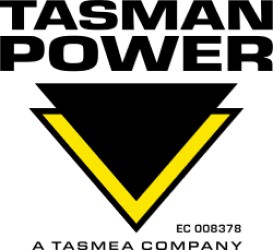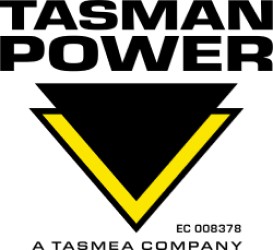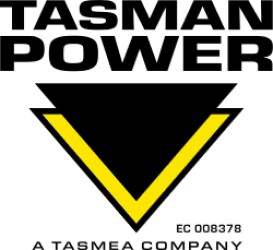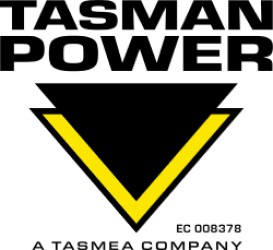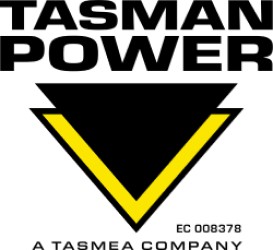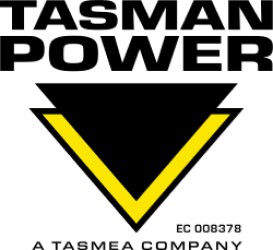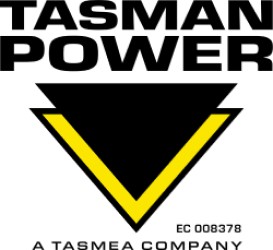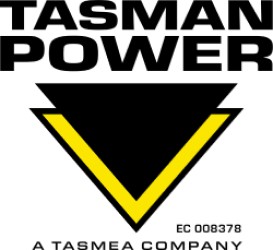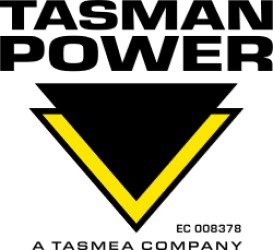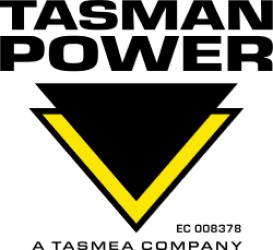Title Page
-
Site conducted
-
Date and Time
-
Task
-
Location
-
Conducted on
-
Prepared by
Exposure to Dust and Fumes
Engineering Control Systems
-
1. Are the mechanical ventilation or extraction systems in the work area<br>turned on and operating?
-
2. Are the dust suppression water spray systems in the work area turned on<br>and operating?
-
3. Are the controls in the work area operating effectively to protect all<br>workers (e.g. pot / cell hoods, seals, skirts, ducting, enclosures, boilermaker<br>bay)?
-
4. If there is a positive pressure system (e.g. in-cab or control room), is it<br>turned on and operating?<br>
Administration Controls
-
5. Do personnel know the areas and tasks where mandatory respiratory<br>protection is required?
-
6. Are personnel trained and able to identify dust and fume and the related<br>controls in their work area?
-
7. Are personnel using appropriate hygiene practices (e.g. washing hands<br>before eating, drinking and smoking, showering and changing when<br>required)?
-
8. Are personnel aware of the health effects associated with long-term<br>exposure to the dust and / or fume?
Personal Protective Equipment (PPE)
-
9. Are personnel wearing respirators at all times in mandatory respiratory<br>protection device (RPD) areas or when completing mandatory RPD tasks?
-
10. Are personnel wearing clothes / PPE that protects their skin from<br>exposure to hazardous substances?
-
11. Are personnel communicating without removing their respirators in<br>mandatory RPD areas / tasks?
-
12. If required, are personnel using the right respirator filter cartridge for<br>the job?
-
13. Are personnel cleaning, maintaining and storing their respirators<br>correctly?
Face Fitting Respirator
-
14. Are personnel fit tested for the face fitting respirator they are wearing?
-
15. Have personnel completed a fit check (positive and negative pressure<br>seal checks) each time they put on a respirator?
-
16. Have personnel shaved to meet the site facial hair policy?
-
17. Is the seal between the respirator and face of personnel clear of<br>anything that could reduce its effectiveness (e.g. balaclavas, headscarves,<br>jewellery, glasses, hair and other PPE)?
Positive Pressure Respirator
-
18. Have personnel completed an air flow check before wearing their<br>respirator?
-
19. Is the respirator and it components free of damage or leaks (e.g. seals,<br>hose)?
